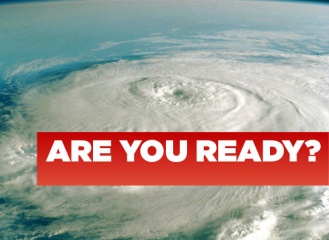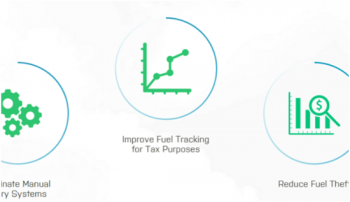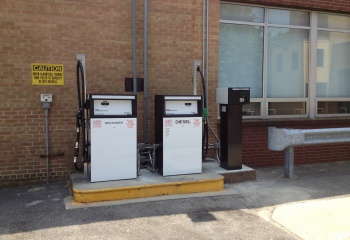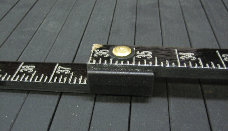Hurricane Crash Course
Hurricanes need three main ingredients to form: warm sea surface temperatures, minimal to no wind shear, and an area of organized, long-lasting thunderstorms. These storms tend to originate off the western coast of Africa.
The Atlantic hurricane season has begun and the most active area might just be off the U.S. East Coast.
No one likes to throw away money on gas. If you are like most people and organizations then you are constantly looking for ways to save a few pennies or cut expenses to help your business grow. One of the most cost effective ways to reduce expenses is installing a fleet fuel management system. In today’s economy your business or fleet cannot afford to live without one.
Here’e our Top 7 Reasons to implement a fleet fuel management system:
1. Easy Integration with Most Fueling Networks – Whether it’s outsourced billing, reporting to other locations, most software will work directly with your current system
Every business has a list of essential tools they need. At the top of that list should be a backup generator. Whether you have a small business, large business, or municipality, it’s an essential tool that will set you apart from your competition and assist with keeping daily activities running smoothly. Here are some reasons why every business needs a generator.
No one likes to throw away money on gas. If you are like most people and organizations then you are constantly looking for ways to save a few pennies or cut expenses to help your business grow. Fuel is most often the second largest expense after payroll. One of the most cost effective ways to reduce expenses is installing a fuel management system. In today’s economy your business or fleet cannot afford to live without one.
I think it is fair to say that a lot of people, especially boaters have experienced some cabin fever over the past few months and with the warm weather fast approaching there will be a sense of eagerness to get the boats and jet skis in the water. My tip of the day is Be Ready, Eliminate Downtime and Increase Productivity for you fueling facility.
Tank gauging/monitoring is an important aspect to maintaining above ground and underground tanks. That is why tank gauge sticks are used, it’s primarily used to measure the depth of liquid in a tank. The common best practice for measuring tanks are: First apply gas gauging paste on the stick, slowly lower the gauge stick, let the stick gently touch the bottom, and quickly bring it back up. Read the depth of the fuel indicated by the wet mark on the stick to the nearest 1/8 inch.





